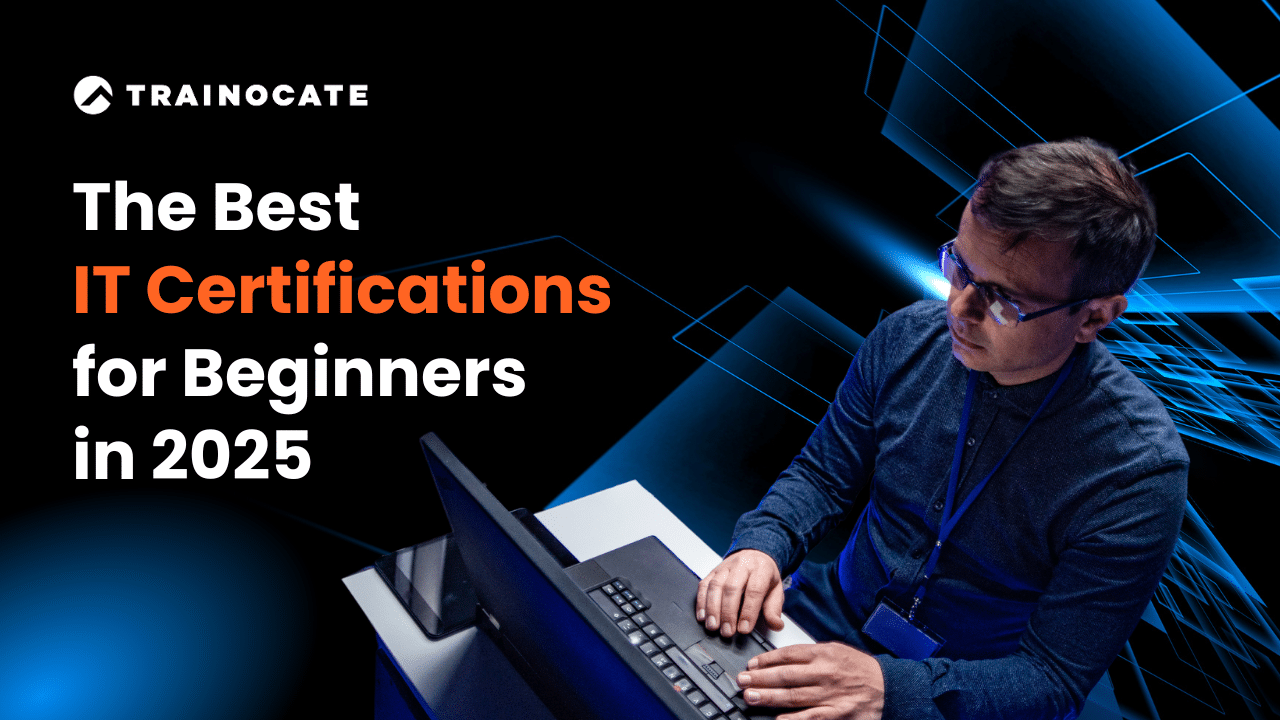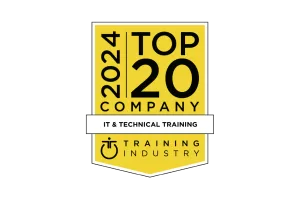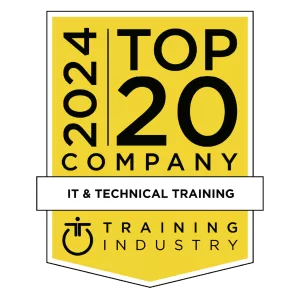All you need to know about Red Hat Enterprise Linux in 2025
All you need to know about Red Hat Enterprise Linux in 2025
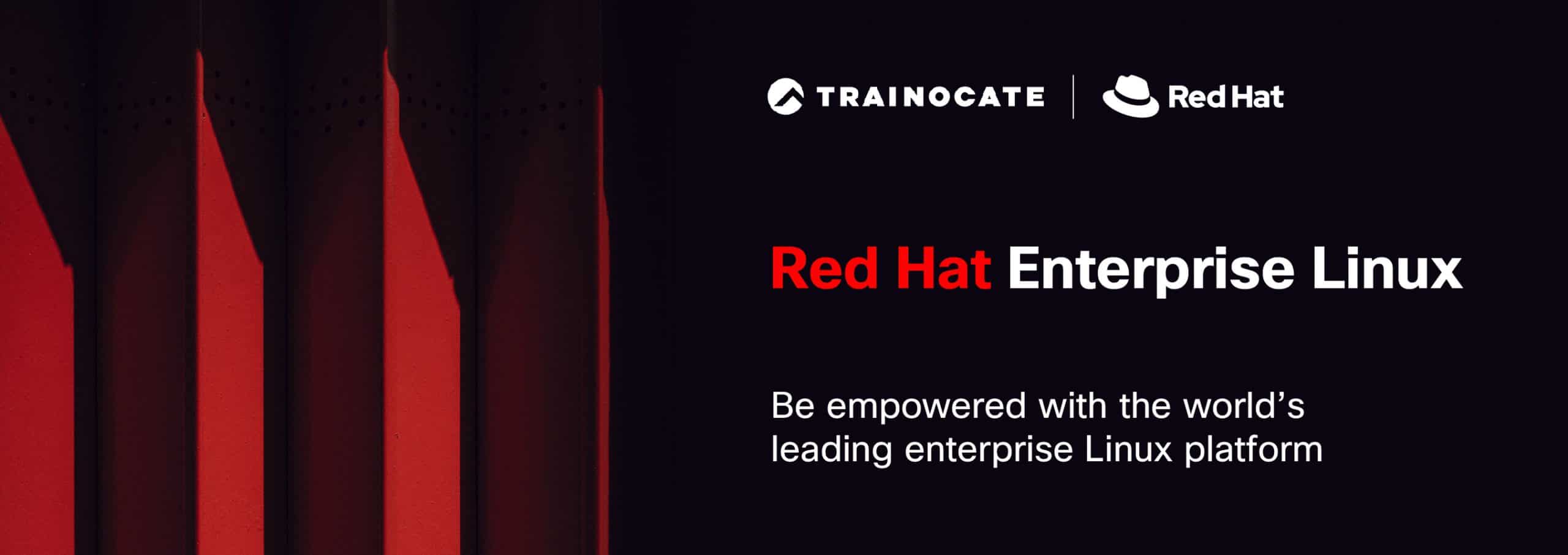
Red Hat. The world’s leading enterprise open source provider.
Red Hat is known around the world for its innovative, enterprise-level open source technology. They also have extensive experience delivering IT services on any infrastructure, quickly and cost effectively with their broad portfolio of hybrid cloud computing solutions including application development or automation tools for your business needs.
What is Red Hat Enterprise Linux?
Before we delve into the finer details, let us start by getting a better idea of what Red Hat Enterprise Linux is. Red Hat® Enterprise Linux® is the world’s leading open-source enterprise Linux operating system. It provides for a solid and consistent foundation for you to scale existing apps, roll out emerging technologies across all cloud environments. Red Hat® Enterprise Linux® also provides the latest, security-oriented operating system so you can move your workloads without having to worry about breaches. According to a study conducted by Management Insight Technologies, Red Hat Enterprise Linux is also, the most deployed commercial Linux distribution in the public cloud.
The dawn of Red Hat Enterprise Linux 9 in 2022.
Red Hat Enterprise Linux 9 delivers the hybrid cloud, simplified.
With hybrid cloud solutions becoming increasingly popular, IT managers need a platform that can meet the demands of their rapidly changing business. With Red Hat Enterprise Linux 9 as your stable and scalable foundation from datacenter to cloud edge – even while you maintain traditional systems- it will be easier than ever before for companies around today’s modern marketplace.
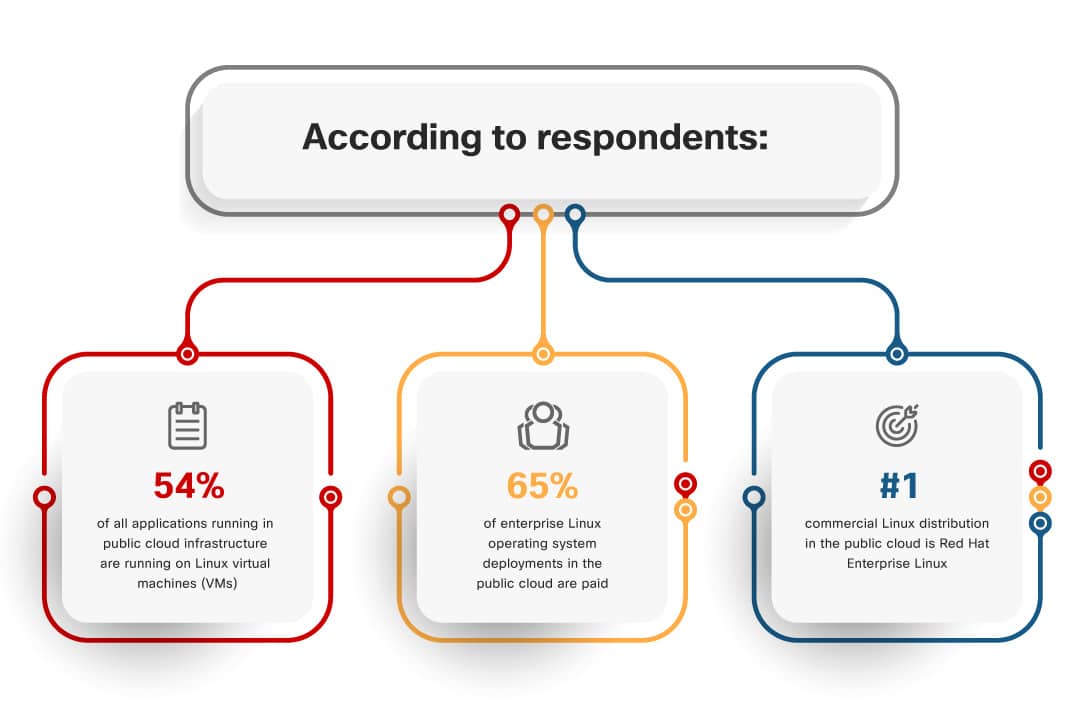
Snippets of what to look forward to with Linux 9:
1. Build Red Hat Enterprise Linux images your way
Red Hat Enterprise Linux 9 provides an easy way to assemble your own customized operating system (OS) images, making it quick and simple for you. You can choose which updates are applied by selecting them from a list or customizing settings yourself.
2. Unlock performance with kernel 5.14 and new tools
The heart of the Red Hat Enterprise Linux platform is a powerful, versatile kernel. The Linux kernels manage and facilitate relationships between hardware and applications built on top it; based off upstream version 5 .14 , this newest release delivers newly improved performance for many key industry workloads & benchmarks.
3. Leapp: Your way to a simpler Red Hat Enterprise Linux 9 upgrade
Leapp is a revolutionary tool that simplifies how you upgrade your Red Hat Enterprise Linux environment by getting from previous major versions to the newest in less time and with less effort than traditional redeployment projects. Developed to help reduce risks associated
with upgrades, Leapp can also make OS version control easier for system administrators at both ends of an upgrade process while reducing their scope so much as it’s reduced during those broadcasts – all without taking away any features or functionality they need.
4. Operating at the edge? So is Red Hat Enterprise Linux 9
The latest version of Red Hat Enterprise Linux 9 provides you with the flexibility to adapt your platform at an edge location, where data is created and consumed. With this release we can increase workload resilience as well security capabilities while also simplifying some inherent complexities that come along for operating systems in those areas – all without sacrificing any performance or capability.
5. Expanding supported architectures to include ARM
We’ve expanded our catalog of supported architectures—in addition to Intel/ AMD x86_64, IBM Power, IBM Z and LinuxONE, Red Hat has added Red Hat Enterprise Linux Server for ARM as well as Red Hat Enterprise Linux Server for HPC for ARM.
6. Gain system-wide visibility with Red Hat Insights
Red Hat Insights uses predictive analytics to assess environments, identify and prioritize operational risks. It also simplifies your subscription tracking across hybrid cloud deployments for an enhanced experience with RedHat Enterprise Linux.
7. Not yesterday’s Linux
In Red Hat Enterprise Linux, organizations can continue to choose their applications and language runtimes. With application streams introduced in version 8 of the distribution, we’re able offer more choice for customers as they move towards our latest releases with new features built on top.
8. Life cycle management that balances efficiency and consistency
The Red Hat Enterprise Linux subscription offers a flexible yet stable life cycle to support your business and security requirements. You can choose from multiple supported versions, upgrade on your schedule or adopt new features when you need them with an end-of maintenance date that is predictable for each release cycle so it will never interfere in any way during work hours.
9. Built in the open—with upstream communities and Red Hat partners
Red Hat Enterprise Linux 9 was the first major release for this product built within CentOS Stream. As a result, its features and code were available in both releases before they were released on Red Hat’s platform.
Red Hat Enterprise Training & Certification
In today’s business world, it’s more important than ever to have a certified staff. Red Hat certification is one of the most popular and respected certifications in the industry. Here are three reasons why you should get your team certified in Red Hat technologies.
We all know that Red Hat training courses are incredibly valuable for our customers, but did you also realize just how much they help fill in skill gaps? The data tells us this is true.
1. Improved Job Prospects
In today’s competitive job market, any edge you can give yourself is crucial. Having a Red Hat certification on your resume will make you a more attractive candidate to potential employers. Many companies now require certification as a minimum qualification for certain positions. Even if certification isn’t required, it can still give you a leg up on the competition.
2. Maximizing the value of Red Hat
94% of customers that have undergone the Red Hat training and certification process have said to feel better prepared to maximize the value of their Red Hat products.
3. Enhanced Knowledge and Skills
The process of studying for and taking a Red Hat certification exam will force you to really expand your knowledge of Red Hat technologies. Whether you’re new to Red Hat or have been using it for years, you’re sure to learn something new during the certification process. In addition, the hands-on experience you’ll gain from working with Red Hat technologies will be invaluable in your career.
There are many benefits to becoming Red Hat certified. If you’re looking to improve your job prospects, increase your earnings potential, or simply expand your knowledge and skills, Red Hat certification is definitely worth considering. When it comes to certifications, there’s no doubt that Red Hat is the gold standard.
94%
feel better prepared to maximize the value of their Red Hat products.
91%
agree their IT projects involving Red Hat technologies are more likely to succeed.
91%
are more likely to explore the adoption of new Red Hat technologies.
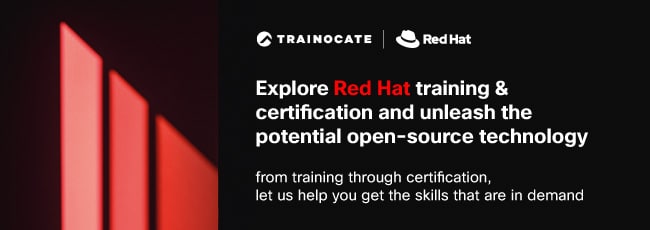
We recommend this course to have ensured you have a solid foundational knowledge of Red Hat products.
Red Hat Enterprise Linux is the world’s leading enterprise Linux platform. It’s an open source operating system and it’s the foundation from which you can scale existing apps—and roll out emerging technologies—across bare-metal, virtual, container, and all types of cloud environments.
RH024: Red Hat Enterprise Linux Technical Overview (RH024)
Red Hat Enterprise Linux Technical Overview (RH024) is a series of no-cost, on-demand, online videos that provide a technical introduction to Linux® for IT professionals. This course is based on Red Hat® Enterprise Linux 8.
The videos will demonstrate basic practical techniques of Linux use and system administration tasks for professionals new to the operating system who are interested in preparing for further study. You will be introduced to why Linux and the open source development model is so important in today’s computing environment.
RH124: Red Hat System Administration I
Red Hat System Administration I (RH124) is designed for IT professionals without previous Linux system administration experience. The course provides students with Linux administration competence by focusing on core administration tasks. This course also provides a foundation for students who plan to become full-time Linux system administrators by introducing key command-line concepts and enterprise-level tools.
RH135: Red Hat System Administration II with RHCSA Exam
Red Hat System Administration II with exam (RH135) serves as the second part of the RHCSA training track for IT professionals who have taken Red Hat System Administration I (RH124). The course goes deeper into core Linux system administration skills in storage configuration and management, installation and deployment of Red Hat Enterprise Linux, management of security features such as SELinux, control of recurring system tasks, management of the boot process and troubleshooting, basic system tuning, and command-line automation and productivity.
RH295: Red Hat System Administration III: Linux Automation with Ansible and exam
The Red Hat Linux Automation with Ansible and exam (RH295) course provides expertise to Linux system administrators and developers to automate configuration and key tasks.
The Red Hat Certified Engineer (RHCE) exam for Red Hat Enterprise Linux 8 (EX294) exam is included in this offering. This offering is based on Red Hat® Enterprise Linux 8.3 and Red Hat Ansible Automation Platform 1.2.


